In the field of photography, the tools we use may have a big impact on how well our ideas turn out. Both amateurs and professionals are drawn to the Leica D-Lux 4, a small digital camera with outstanding image quality and various useful functions.
Let us look at some crucial pointers and techniques that can improve your photography and help you use the Leica D-Lux 4 to its full capacity to get the most out of this amazing gadget.
Tips and Tricks for Leica D-Lux 4 Camera
1. Understand the Features
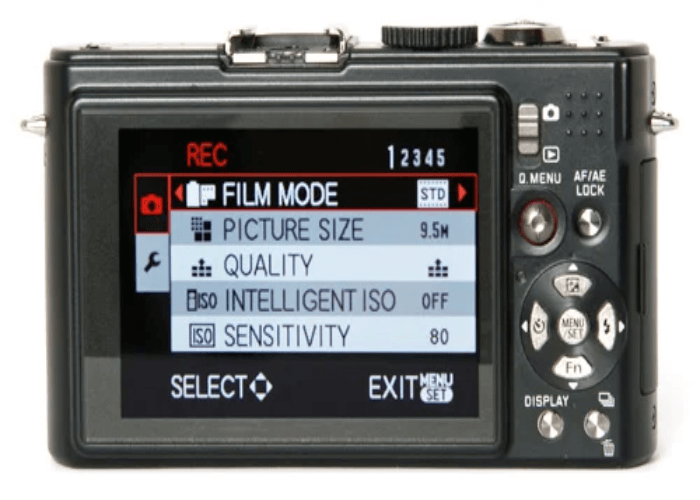
Spend some time becoming acquainted with the Leica D-Lux 4’s Features, buttons, and menus before starting your photography adventure. Examine the camera’s settings, modes, and controls to ensure you can swiftly make changes while shooting. You will spend less time in the field and won’t lose out on chances if you understand the fundamentals.
2. Mastering the Manual Mode
There are several shooting options available with the Leica T-Lux 4, including a manual mode that gives complete control over variables including the aperture, shutter speed, and ISO. By becoming an expert in manual mode, you may adjust your expose settings to best suit your artistic intentions. To learn how different combinations affect your photographs, experiment with them.
3. Optimize ISO settings
The ISO setting determines the camera’s sensitivity to light. The Leica D-Lux 4’s Flexible ISO range, which extends from 80 to 1600, allows you to adjust different lighting situations. Higher ISO settings, which go from 400 to 1600, are appropriate for low light conditions, whereas lower ISO values, which go from 80 to 200, will perform well in well-lit areas. For best exposure and image quality, ISO must be balanced with other parameters like aperture and shutter speed.
4. Use Customizable Settings
You may modify the camera’s buttons and features to suit your taste. Utilize this function by giving buttons with easy access to regularly utilized settings. This simplifies the shooting process and guarantees that you are constantly prepared to catch the ideal time.
5. Play with Aperture
How much of the scene is in focus is determined by the depth of field, which is controlled by the camera’s aperture. A narrow depth of field produced by a larger aperture isolates the subject from the background. Try out different approaches to get a creative composition, whether you want to take precise landscape photos with sharp details or dreamy portraits with blurred backgrounds.
6. Pay Close Attention
There are several focusing options available on the camera, including autofocus and manual focus. Change the manual focus and adjust the focal point with the camera’s focus ring for precise focus control, particularly in macro photography. Your subject will be clear and well-defined as a result.
7. Consider Composition
An important aspect of photography is composition. To produce balanced and aesthetically pleasing photographs, use strategies like the rule of thirds, leading lines, and framing. With the Leica D-Lux 4’s live view, you can instantly see how changes in composition impact the final image, making it easier to create your photographs.
8. Embrace RAW Format
RAW photography is supported by the Leica D-Lux 4, which maintains more image data than JPEG. You have more flexibility over post-processing modifications with this format, such as exposure, white balance, and other color grading options. RAW files provide greater versatility for altering your photographs, although they take up more space.
9. Monochrome Capturing
Black and white or monochrome photography experiments may produce visually stunning images. A monochrome photography option on the Leica D- lux 4 enables YouTube to review your scene in black and white. This setting lets you concentrate on composition, contrast, and texture while helping you see the finished image without color distractions. Monochrome photography also tells a story that you can’t tell with colored photography, and it is quite recommended to use monochrome photography in black and white format.
10. Use Natural Light
In natural light, the camera works well. Utilize various lighting situations throughout the day to take unique and eye-catching pictures. The overcast sky and the golden hour, which is early morning or late afternoon, both give even diffused lighting.
Conclusion
Leica D-Lux 4 is an effective instrument that enables photographers to take outstanding pictures.
You can maximize the capabilities of this great camera by becoming familiar with its functions, playing with settings, and developing your talents.
These pointers and techniques will enable you to produce captivating visual tails that get the most out of your camera experience, regardless of your level of photography expertise.
Frequently Asked Questions
What is the Leica D-Lux ISO Range?
The diesel range on the camera extends from ISO 200 to ISO 1600. This broad range enables photographers to take pictures in various lighting situations, from bright sunshine to dimly lit rooms.
Why is the ISO Range Significant in Photography?
The ISO settings affect the exposure and overall quality of an image by determining the camera sensitivity to light. A broader ISO gives photographers more freedom to shoot in various lighting settings, maintaining optimum exposure and reducing noise in dimly lit areas.


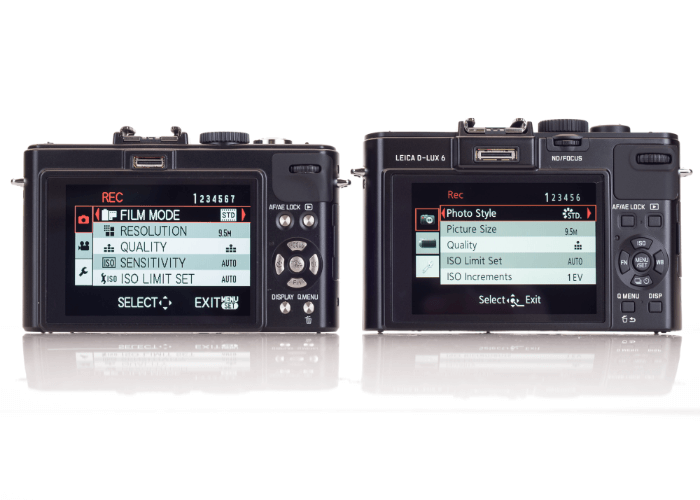
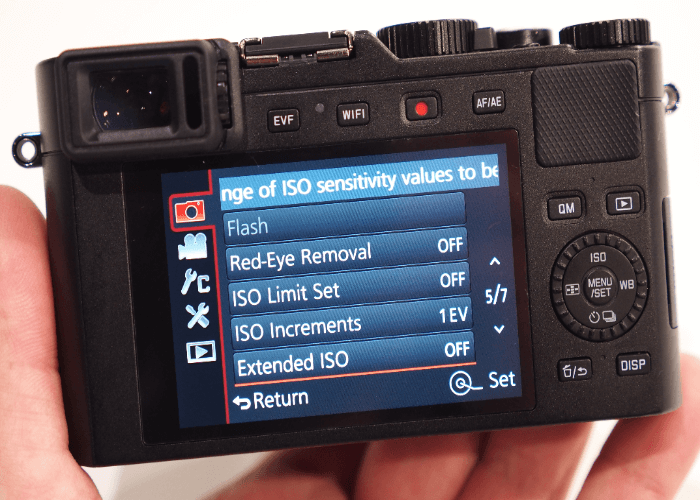
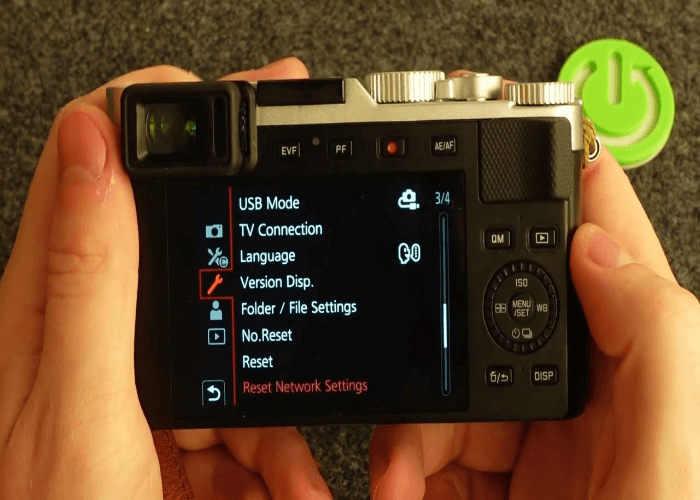
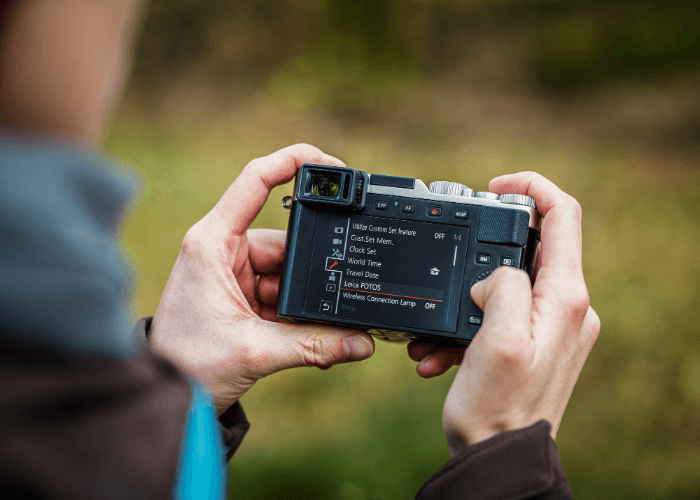
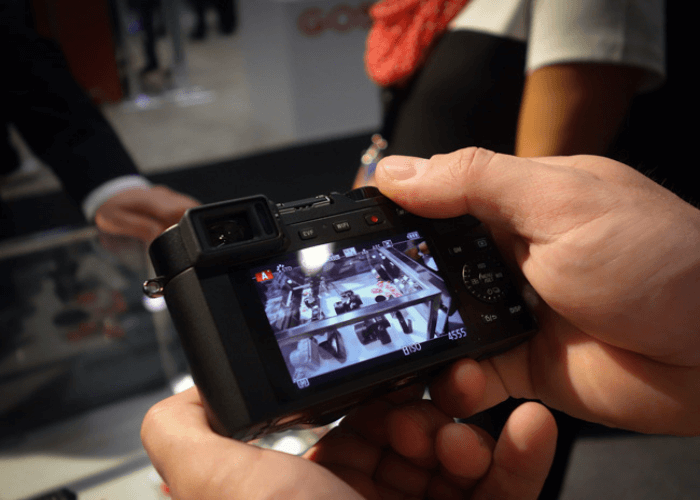
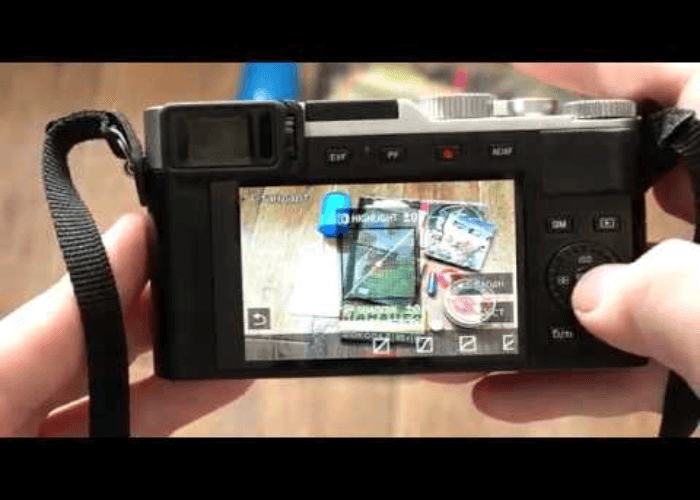
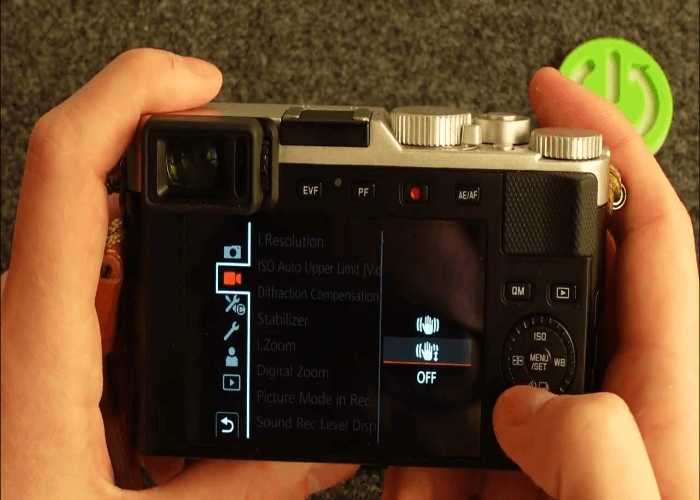

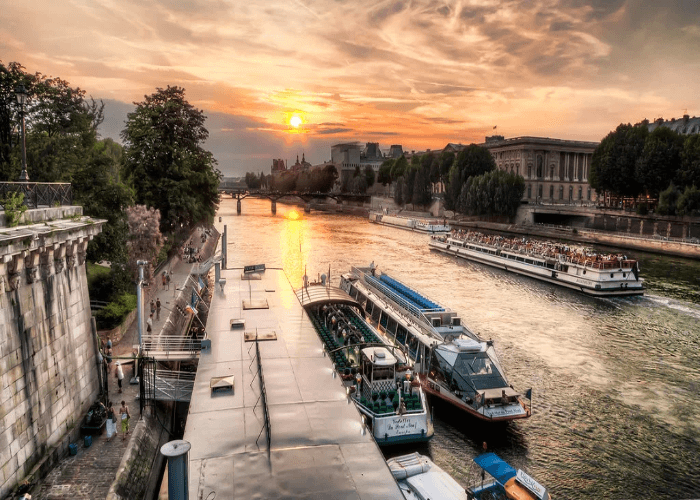
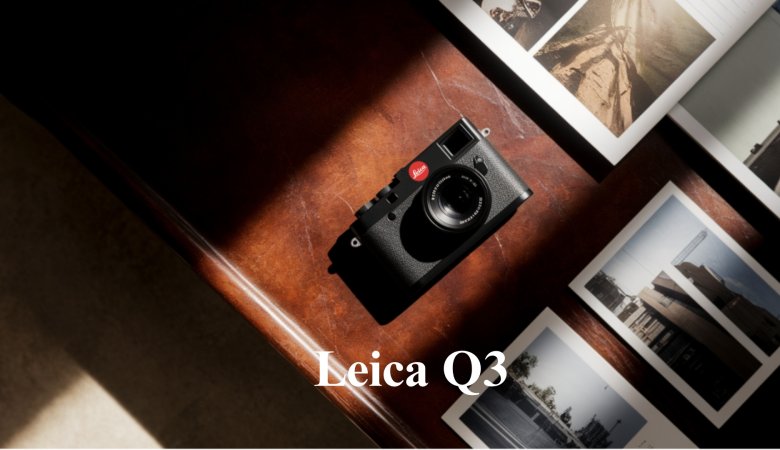
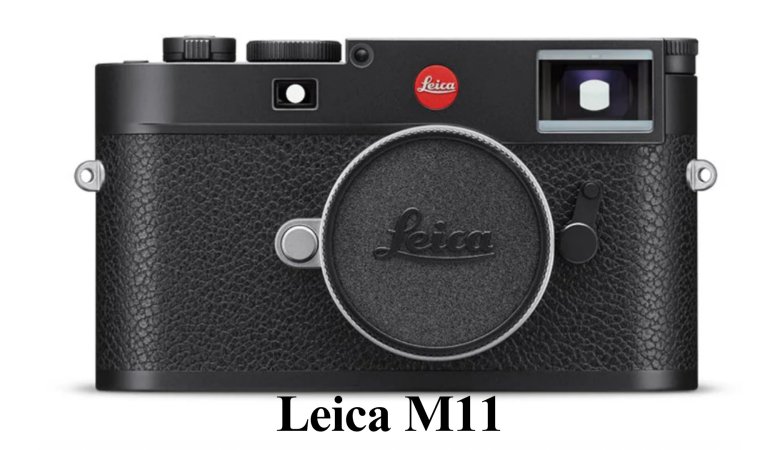
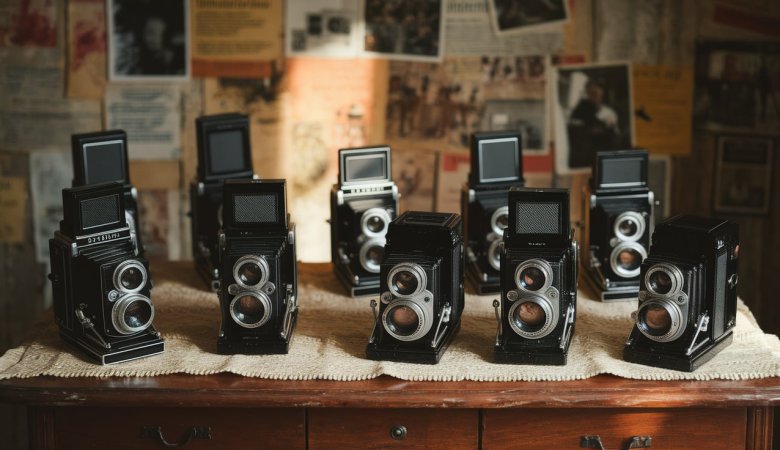
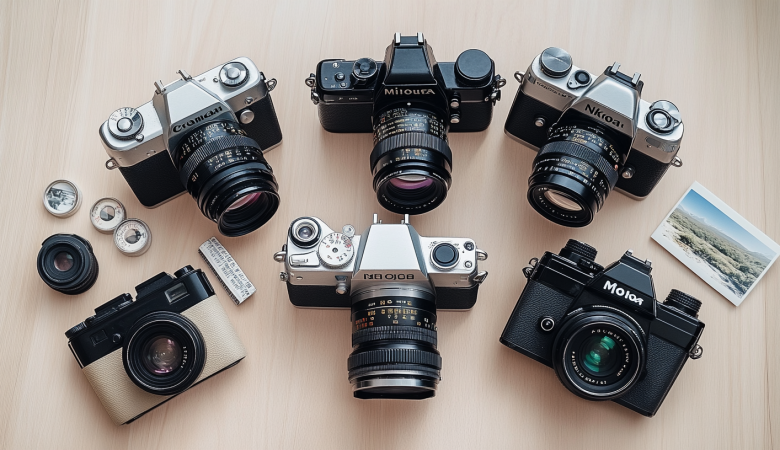
Leave a Reply